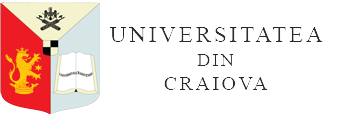MORPHOLOGICAL CHARACTERS IN PROGRESS FOR FIELD PEAS (Pisum sativum L.)
DOI:
https://doi.org/10.52846/bihpt.v29i65.147Keywords:
biomass, correlations, grains, pods, variabilityAbstract
Since ancient times, the field pea has stood out, on the one hand, for its special nutritional value, and, on the other hand, for the favorable impact it leaves on the environment through cultivation. Currently, more and more performing varieties are obtained and with increased adaptability in different environmental conditions. Recently, the plant is also recommended for the establishment of green, protective crops, including in horticulture. It is believed that by growing peas, there is also a conservation of CO2, as a response to the need to reduce the phenomenon of global warming. The new pea variety Avatar thus has a number of improved morphological characters, which proves that pea breeding is making visible progress. Among these new morphological characters, the height of the plant was 80 cm, with the dominant weight of 11 g. The plant had 15 nodes of which the last 6 formed pods. Pod mass was 8 g/plant and contained 22 grains/plant. Pea grains had a mass of 5 g/plant, a diameter of 7 mm, and an absolute mass (BMB) of 260 g. The correlations obtained between these characters showed generally positive trends. Considering the gain of these morphological characters in progress, it is recommended to increase the proportion of the plant in the structure of crops within the farm.


